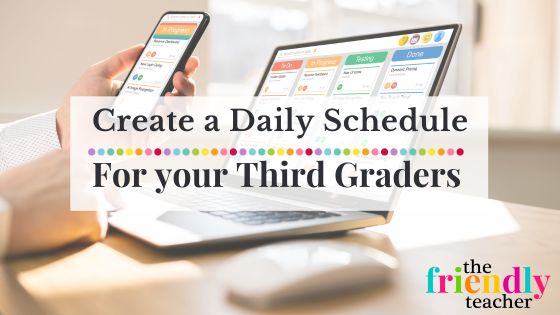
Are you a third-grade teacher looking to create a structured and efficient daily classroom schedule? Look no further! In this post, we will provide you with step-by-step guidance on how to develop a daily classroom schedule that maximizes learning while keeping your students engaged and focused. A well-organized daily schedule is essential for a successful classroom environment. It sets clear expectations and routines, helping students feel secure and confident in their daily activities. But if you get to make your own schedule, it can be hard to figure out! Here, I am going to give you some simple ideas on how to make a schedule that works for your classroom!
Factors to Consider When Creating a Daily Schedule
Before starting to create your daily classroom schedule, make sure you answer the following questions.
- What are the must-haves in my schedule? (lunch, specials, etc.)
- What subject do I want to teach first vs. last? For myself, I always teach reading first because I think it requires the most focused energy out of my students.
- Is there anything I did not like about my schedule from the previous year?
Establishing a Morning Routine
Morning routine is ESSENTIAL in any daily classroom schedule. It starts your day on the right foot and shows your students what your classroom is like. Making sure you allow time in your schedule to have a productive morning routine is important!
My morning routine looks like this…
- Students arrive, empty their backpacks and folders, and go to the bathroom
- They complete morning tubs for about 5-10 minutes. I choose to do morning tubs because it gives them time to ease into the classroom. It allows them to get their chatting out of the way, and it shows them that I want to foster their creativity throughout the day!
- We listen to announcements and then join for the morning meeting. Our morning meeting takes no longer than 5 minutes and has a greeting, game, and question to answer. You can see my morning meeting here!
Then, we start our day! This post highlights my personal morning routine in more detail.
Structuring Core Subject Instruction
Start with writing down how much time you’d like to spend on each subject for your daily classroom schedule. Then, place them throughout your day, making sure the subjects that you want the most focus on are in the morning. Then, put the subjects that are a little more relaxed in the afternoon.
Incorporating Content and Activities
Getting in all content area subjects can be so hard! It can also be hard to add in activities. I am going to share two ideas on how you can add these in more often!
- Work with your teaching team to teach these together. One day a week, switch classrooms, and each teacher takes a subject. One can do science, social studies, and a special activity. Then, you spend the entire afternoon switching and hitting standards!
- On Friday, don’t teach math instead teach a content standard. You will then have more time to focus on math throughout the week and a larger chunk of time to fit in your entire content standard for the week.
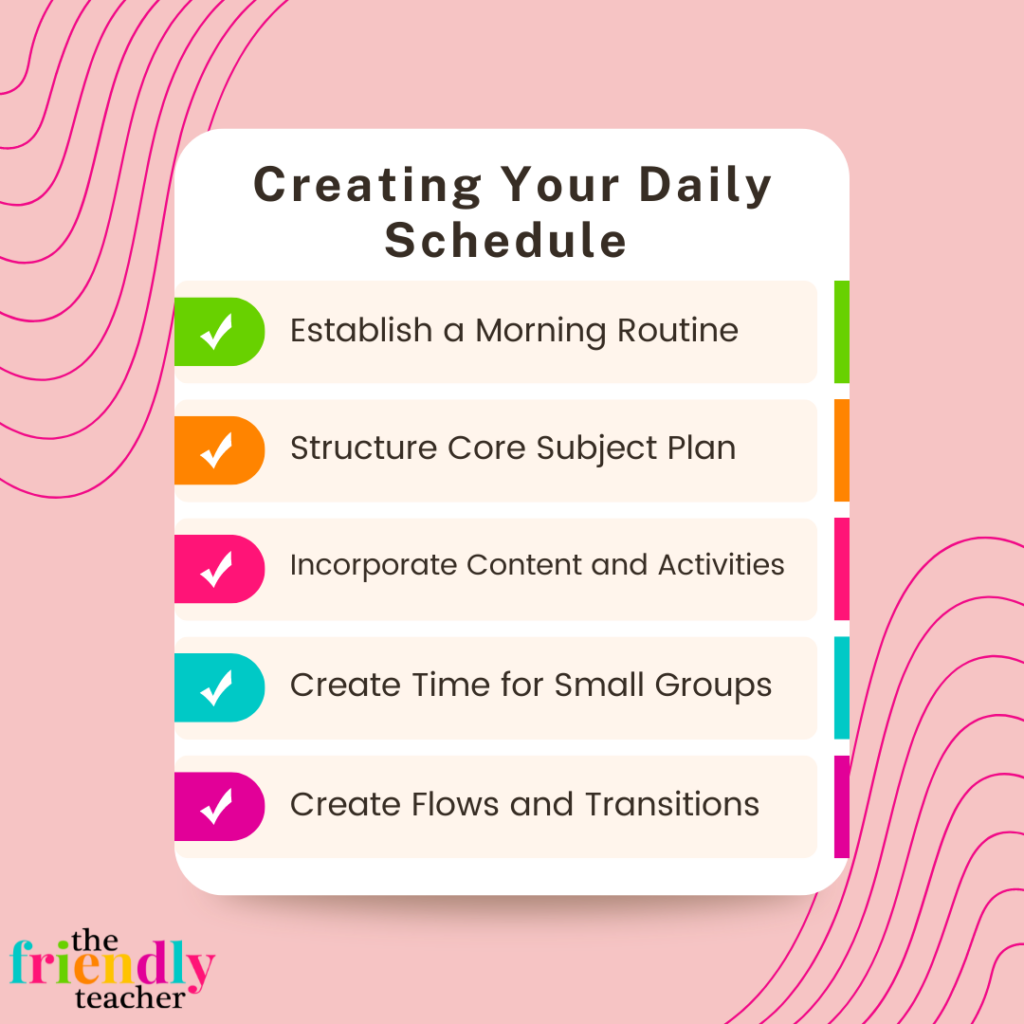
Creating Time for Small Group Instruction
A small group is KEY to making sure that no student is getting left behind and that every student is getting the differentiated instruction they deserve, but how do you fit that in?
I suggest chunking out your small group time in the small sections of the day. I love to do it right before or after recess when kids can be restless. Or doing it right at the end of the day is great as well! Add your small group time during a time of day when students need to be moving around and will struggle to focus on whole group instruction. Thirty minutes is plenty! Don’t overdo it!
Managing Transitions and Maintaining Flow Throughout the Day
Transitions between subjects and groups can be tricky! So, how do you accomplish them properly? I would say to plan for breaks between each subject.
So, for example, if you are going from reading to writing, ask students to clean up while you put on a GoNoodle. Then, they do the GoNoodle, giving you time to get ready for the next subject. You can also plan bathroom and snack breaks between subjects to give everyone time to switch gears. I would write these breaks in your schedule so you don’t forget to turn that GoNoodle on or give them a chatting/stretch break!
Engaging Students in an End-of-the-Day Routine
I talked about this previously, but put your subjects or time that is most engaging to students at the end of the day. This means adding science, STEM, or other fun activities towards the end of the day when you begin to lose students.
Make sure you schedule time for your end-of-the-day routine. Here is what mine looks like…
- We clean up. I put a timer on the board and expect the students to have the room returned to normal by the end of the timer (2 minutes).
- Then, we share “aha, apologies, and appreciation.” This is just a time to go over a few things from the day and allow students to appreciate each other, apologize, and share what they learned. This takes two minutes, and only a few students share each day.
- Get our folders packed up and head to our afternoon area.
Reviewing and Adjusting the Daily Schedule as Needed
Once you put your schedule together for the year, it can change. Don’t feel stuck to what you created. Maybe your class is different than you expected, or maybe you feel like you need more time to teach reading. Schedule a time at the end of Q1 to look over and think about what you may need to change in your schedule to better utilize your time with your students.
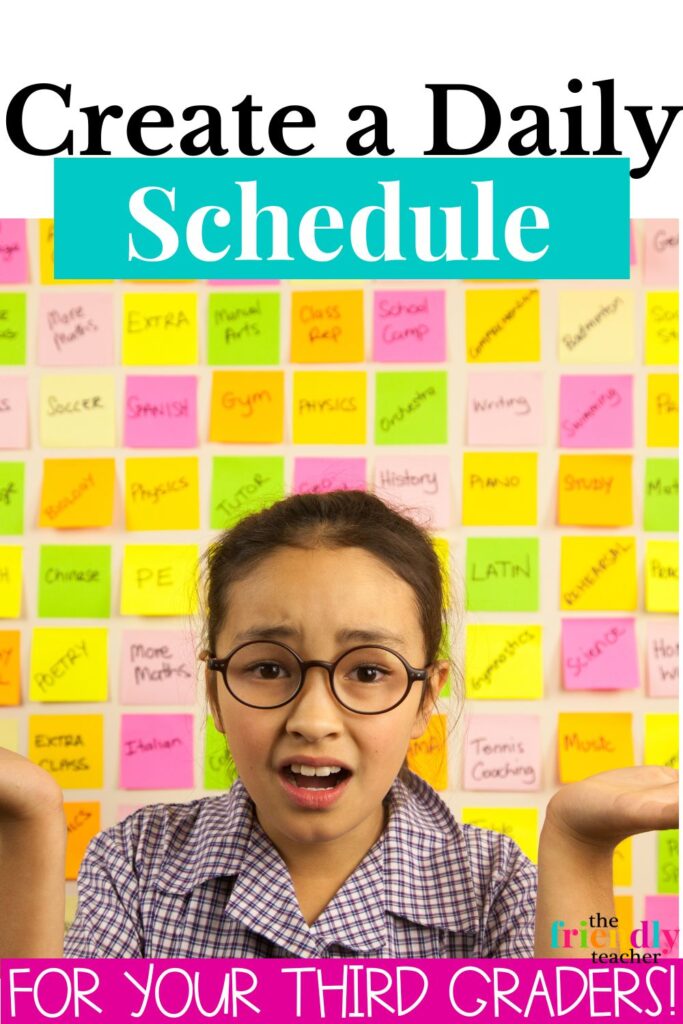
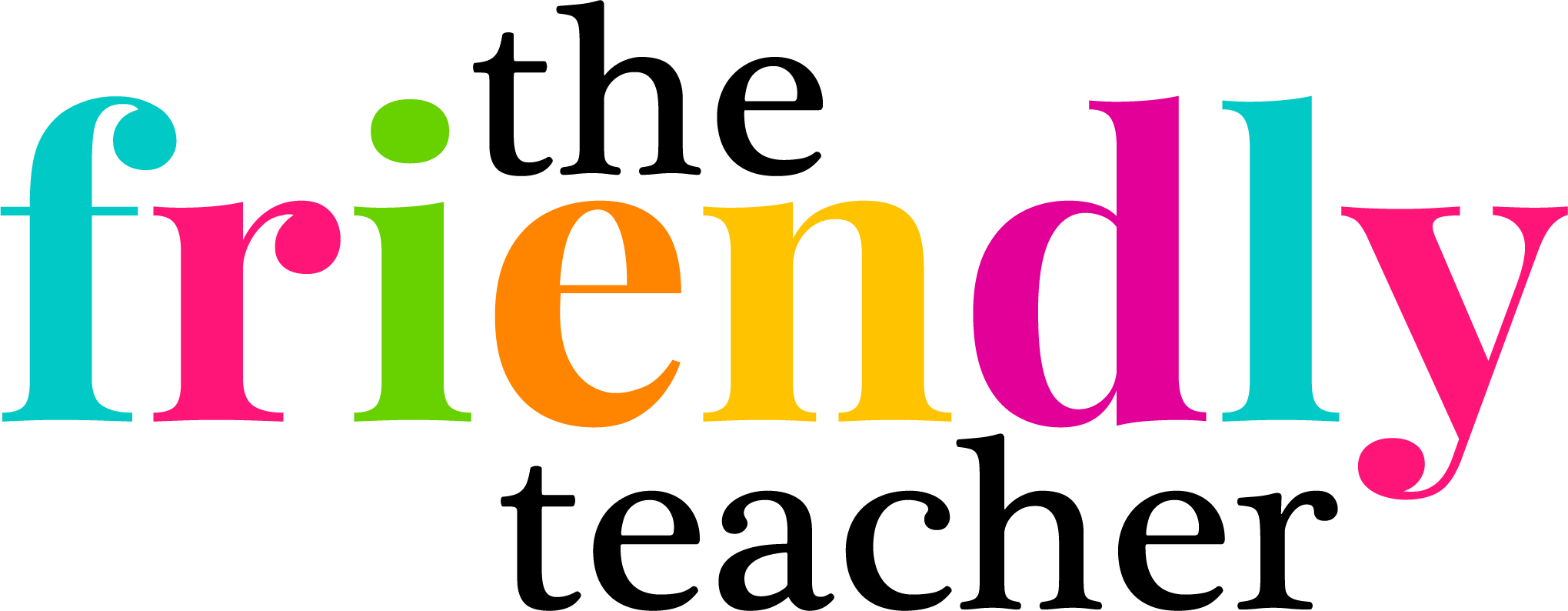


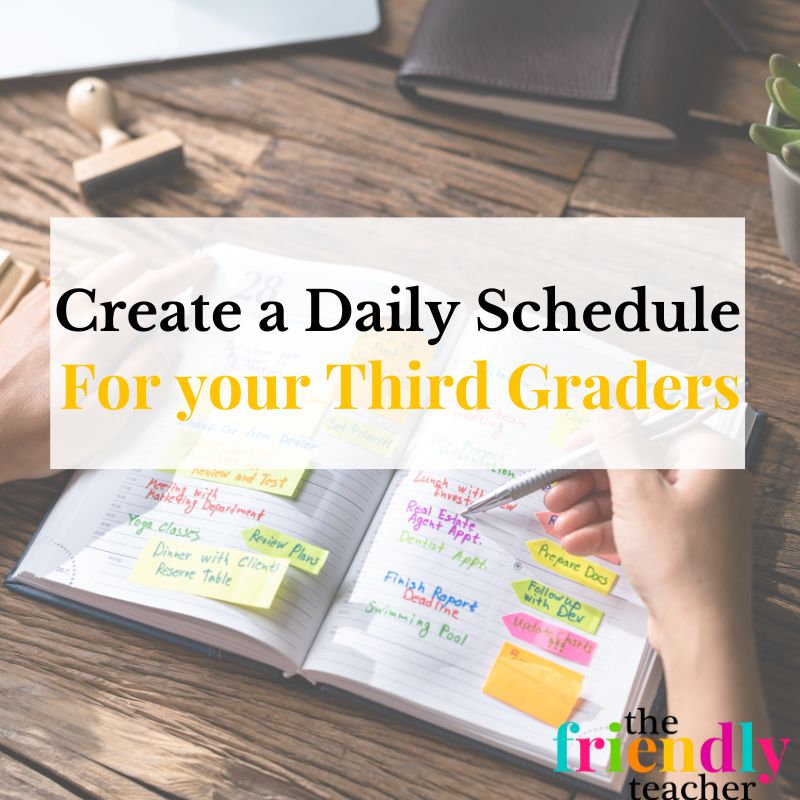
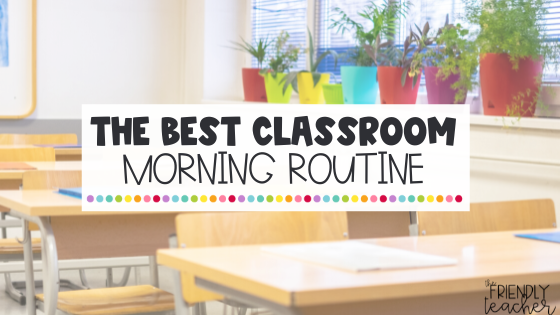



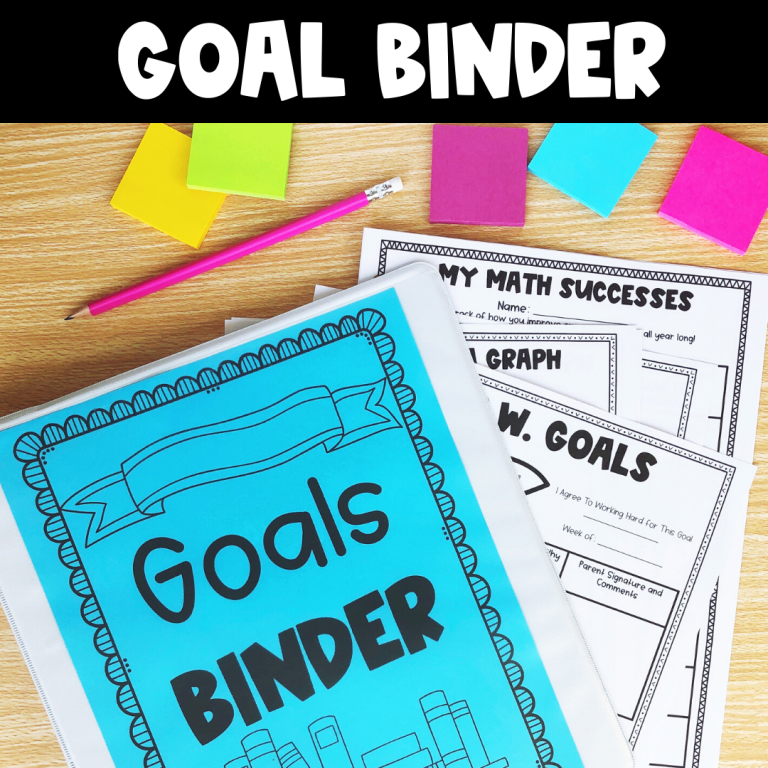
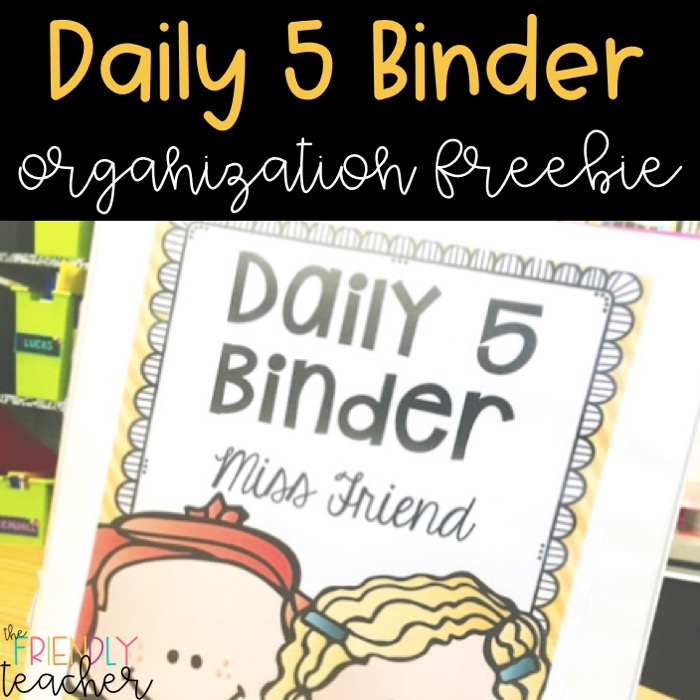

Hannah Wilde
I am so glad you’re here! I love helping 3rd-5th grade teachers by providing ideas, engaging resources, and professional development they need. I am a literacy coach who is here to help lessen the workload for teachers while making them more confident! I want students to be continually engaged in a rigorous environment!